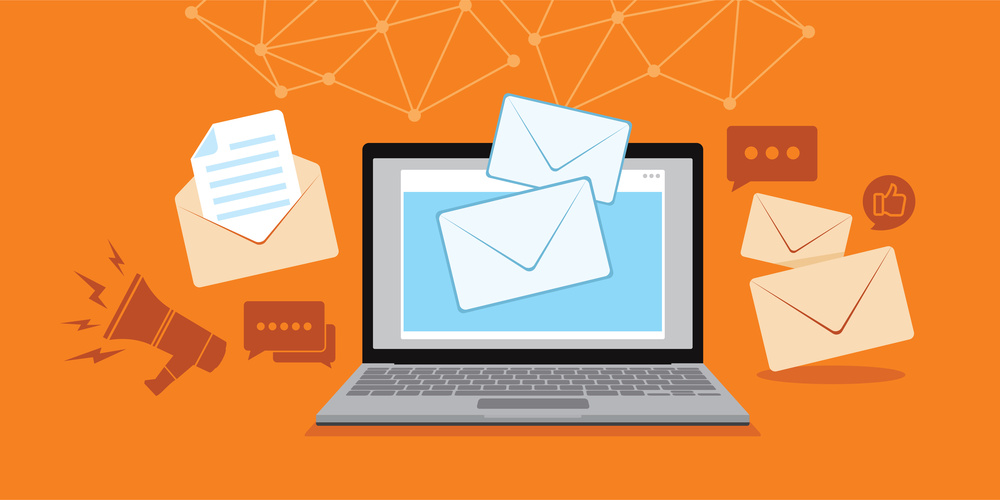Top Tips for Shipping Notification Emails
If you are in ecommerce – and you’re doing it right – then you’ll find yourself sending out many emails every day. These can be marketing emails notifying loyal customers of new promotions, they could be personalized emails seeking to better connect with customers and bind the customer base tighter to the brand, or they could be shipping confirmation emails, letting them know when you have upheld your part of the bargain and the product is on its way. Of these three examples, it is only the latter that you can be sure customers will actually read.
Having had a good shipping experience is one of the surest ways to convince a customer that you are worth visiting again. It is also one of the biggest anxieties about ecommerce in general. Even at this late stage, ecommerce still has the disadvantage of customers having to wait a period of time between ordering the product and receiving it. Accordingly, this is all the customer will be thinking about. They are going to be waiting on your order confirmation email with a degree of impatience, and they will certainly read it.
Shipping Emails for B2B Clients
For those operating a B2B (business to business) ecommerce venture, there are slightly different rules for shipping emails. Generally, there is not the excitement of receiving something that they dearly want, but rather less enthusiastic waiting for an order which they simply need for the running of their business, and which they will often make repeatedly.
This is not to say, however, that you should neglect shipping emails with regular B2B clients. Instead, you should focus on ensuring that invoices are accurate and that you can account for the delays in payment which the invoice method causes. FastFACTR, a company specializing in factoring invoices, say that a good deal of their trade comes through smaller B2B ecommerce businesses where the emphasis is more on giving the impression of efficiency, rather than the close personal connection which you should try to create with B2C (business to customer) shipping emails.
Optimizing Your Shipping Emails – Top Tips
So, the importance of shipping emails for ecommerce is undoubted. Here follows a range of tips for optimizing your system:
Get good Templates
If you are a small ecommerce enterprise, then you should seriously consider contacting your customers personally. For larger ecommerce ventures, this is not feasible, which is where templates come in. You should aim to use customizable templates that show off your brand in the email, include the customer’s name, and all the important information regarding the shipping. And even if you are handling the email personally, there will be a large portion of each email that is always the same, so templates are useful here too.
Send More than One Email
What your customer really wants to see is that one magic e-mail with “Your Order Has Shipped” in the subject line. Nevertheless, there are several stages of the shipping process that precede this. Aim to send at least two emails and make sure the last one is the one telling the customer that the product is out of your hands and on its way.
Create a Robust Tracking Function
The best shipping e-mails contain a clickable link that will allow your customers to follow the progress of the order much more closely. For some customers, constantly watching for tracking updates is something they always do. You should certainly cater to this customer need.
So, that’s really all there is to it. Keep your customer informed, be personal, and be sure you are available at all points between order placement and delivery at their home.


Comments are closed.